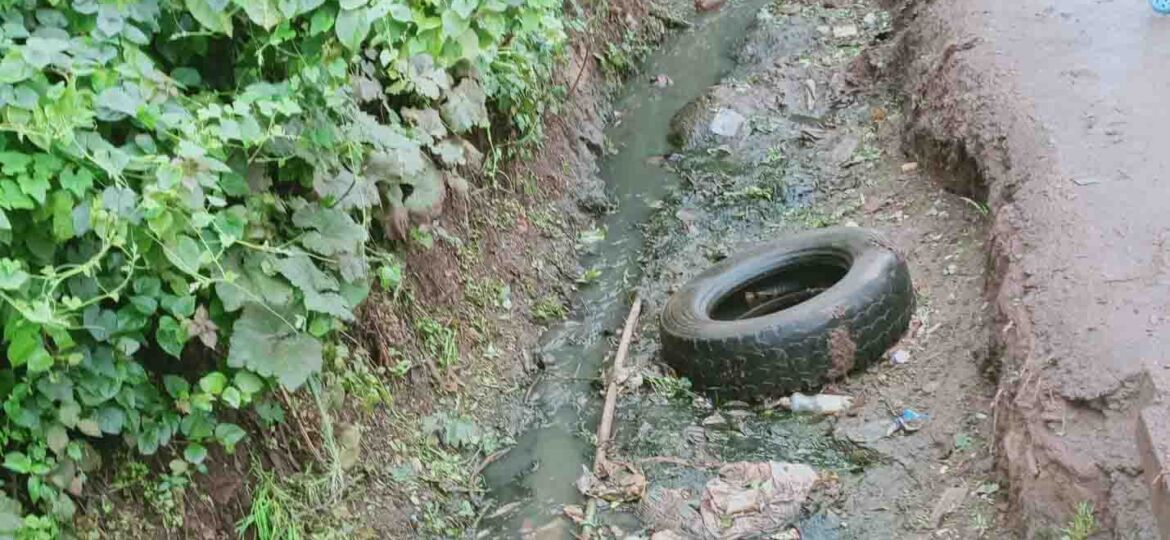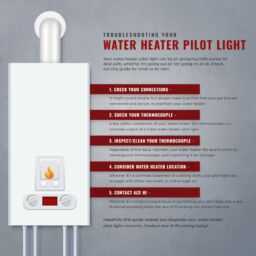
After political instability, the lacking infrastructure in Kenya is perhaps the second greatest risk for investors: irregular water supplies, electricity power failures, poor drainage and sewerage systems and high-cost transportation systems. Be it as it may, all hope is not lost, as the Kibaki government has made headway with improvements.
The ambitious Lamu Port and Southern Sudan Ethiopia Transport Corridor Project, valued at KSh31 billion, plus the Thika Superhighway and erection of Greenfield terminal at JKIA are evidence of an upcoming, better, reliable, world-class infrastructure in Kenya. Although a lot need to be done, Kenya is on the right track in getting its infrastructure right!
Currently however, the overall condition of infrastructure and availability in Kenya is poor. The key areas are:
Water supply
A natural resource, water is a prerequisite for economic progress and prosperity in Kenya as it drives numerous sectors such agriculture, manufacturing, construction, health, livestock and hospitality, etc.
In the past, national water utilities have been associated with ineffective management planning and inadequacies as well as poor national maintenance of water infrastructure. Decentralization of water management resources is among the efforts of improving the water infrastructure in Kenya.
- The national rate of water access: 57%
- Sustainable access to clean and safe drinking water in urban areas: 60%
- Water access by the urban poor: 20%
- Access to water in rural areas: 40%
- Majority of urban dwellers especially in major towns such Nairobi and Mombasa, etc., survive on water rationing, receiving water only during certain days of the week
Electricity Supply
The electricity infrastructure in Kenya? With constant power failures and power rationing during the dry seasons, there is nothing to write home about. Businesses and people in Kenya have to incur extra costs, such as fueling generators, to make up for unreliable electricity supply. However, rural and urban electrification and group are among the efforts of enhancing electricity supply across the country.
- Electricity is transmitted, distributed and supplied by Kenya Power & Lighting Company
- Alternative sources of energy are gaining prominence, such as geothermal electricity (80% of the power used presently is geothermal), solar power and wind energy
- Biomass energy accounts for more than 70% of the country’s present energy consumption
- By 2008, Kenya generated more than 1300MW, with hydro sources accounting for more than 70% of the capacity.
Sewage
Kenya’s urban areas are overwhelmed by bulging dumping sites, blocked sewers and poor drainage, especially in low-income areas. Although there are plans for improvement, the current sewage infrastructure is relatively poor, inaccessible and inadequate.
- By 2009, Kenya had 43 sewerage systems distributed across 15 towns, which is inadequate given the increasing population rate
- Pit latrines are commonly used in rural areas and by the urban poor
—
AUTOPOST by BEDEWY VISIT GAHZLY

